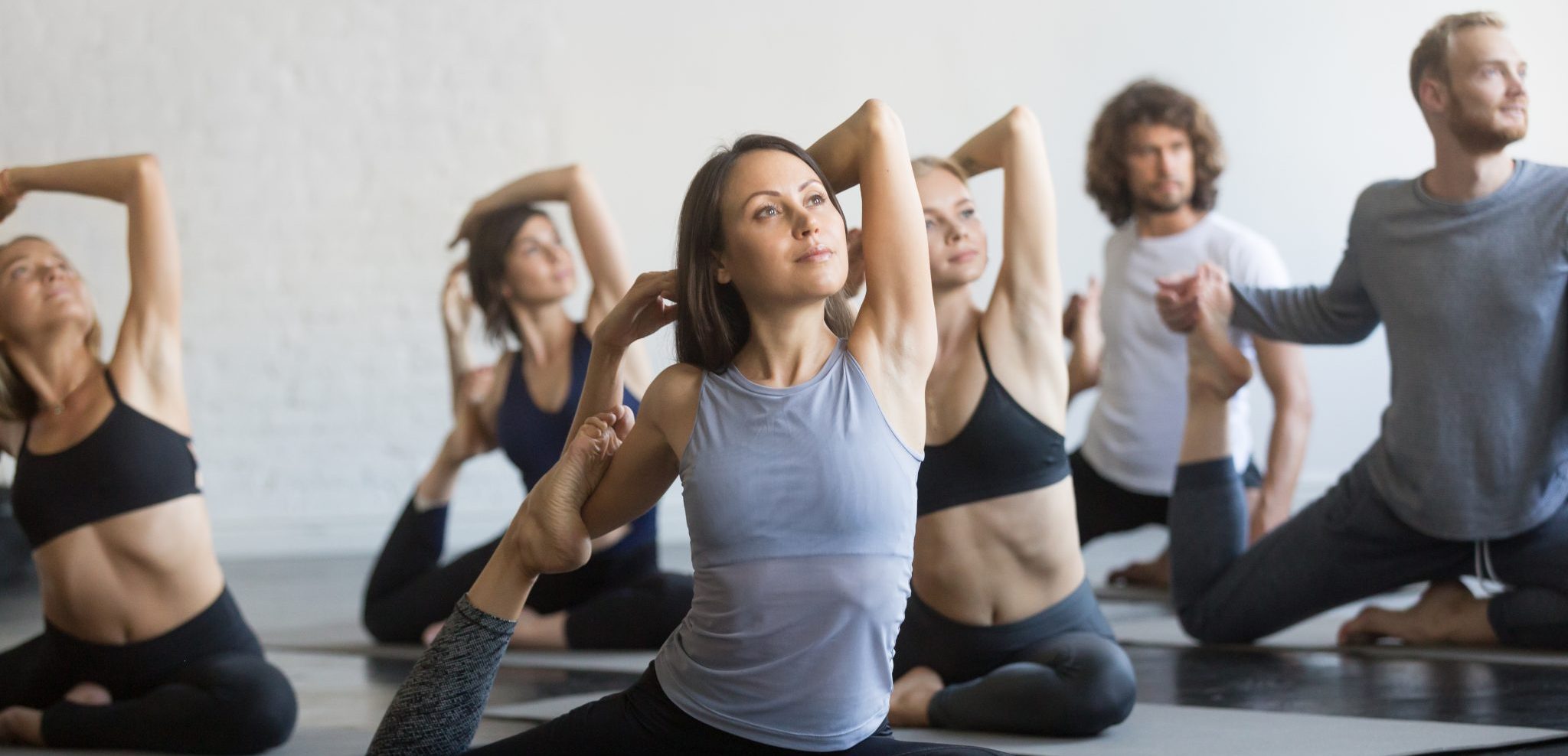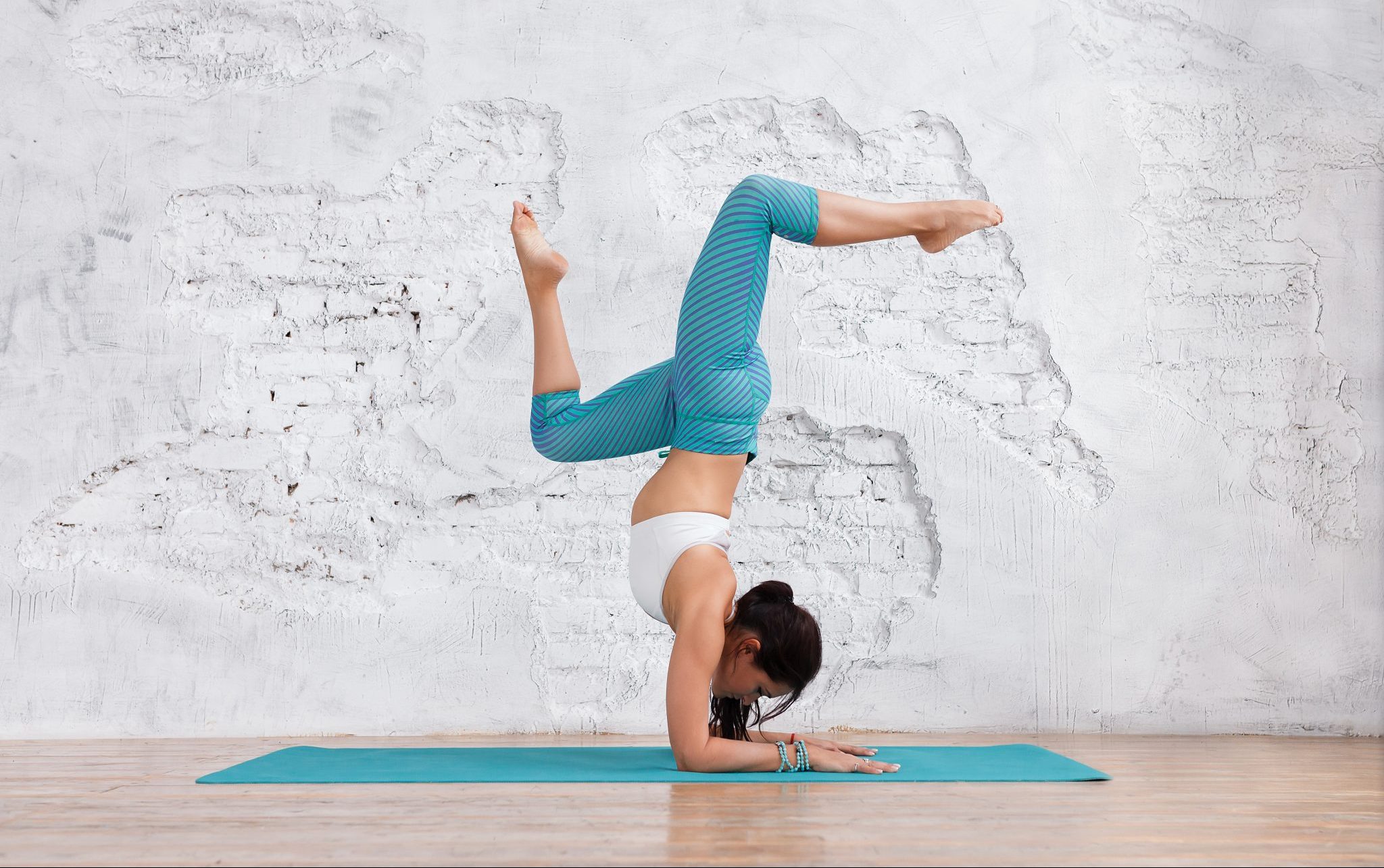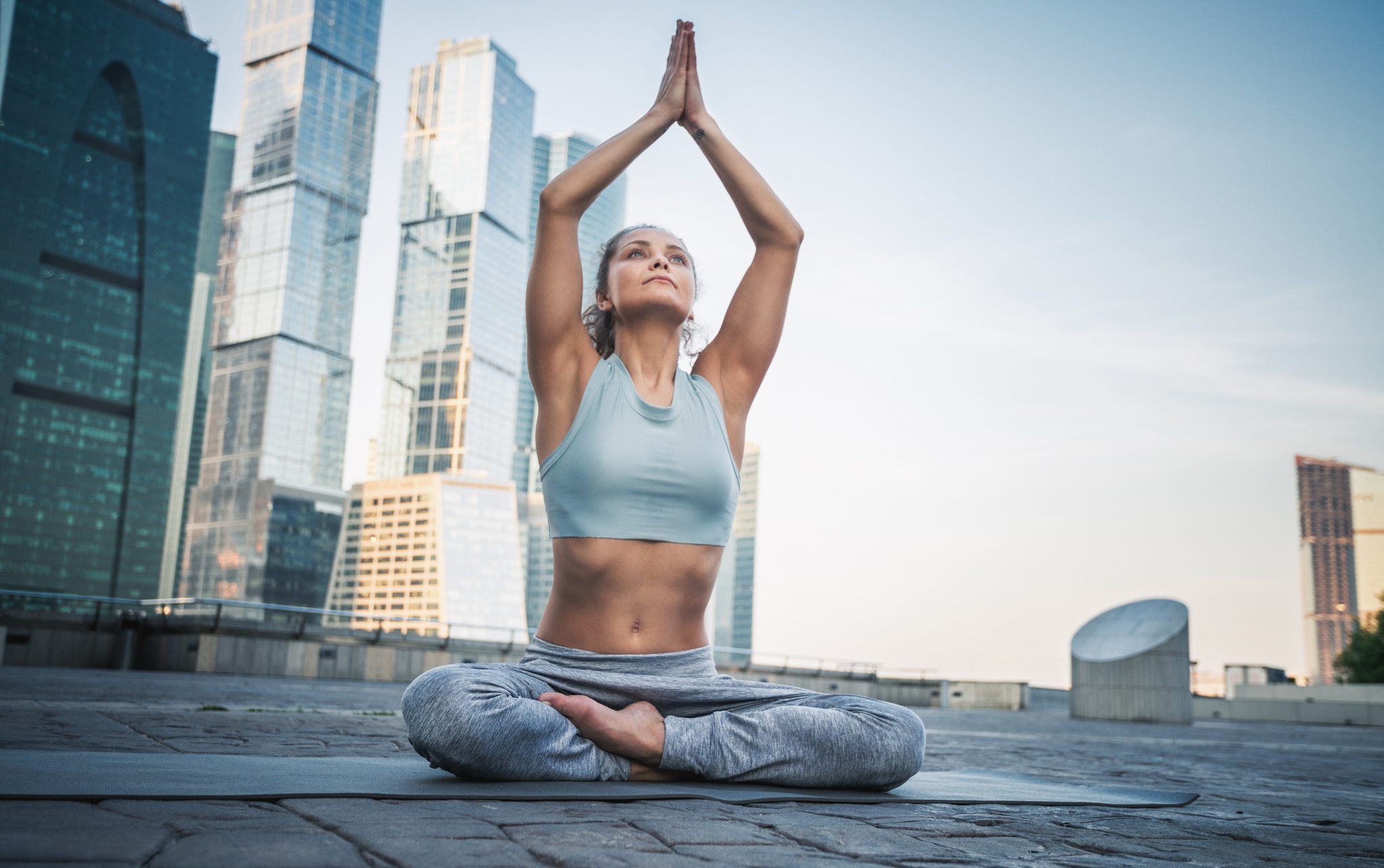It's hard to overemphasize the multitude of perks that come from meditation practice. But just like with any other addition to your daily routine, albeit highly beneficial, the most difficult part is to start. If it' something you too are struggling, you may want to try raja yoga meditation.
What is Raja Yoga?
The word raja means king in Sanskrit, therefor Raja Yoga is sometimes referred to as the Royal Yoga. It is considered to be the practice that is inclusive of all forms and styles of yoga. It emphasizes the necessity and benefits of meditation as a purposeful evolution of consciousness.
It's better known as Ashtanga Yoga or the eightfold path, the practice of which leads to spiritual liberation. Sometimes it's called the Mental Yoga for its emphasis on the awareness of one's state of mind. It is organized in eight parts or steps:
- Yama - Self-control
- Niyama- Discipline
- Asana - Physical exercises
- Pranayama - Breath exercises
- Pratyahara - Withdrawal of the senses
- Dharana - Concentration
- Dhyana - Meditation
- Samadhi - Complete Realization, enlightenment
Raja Yoga Meditation
This technique was first mentioned in the Bhagavad Gita, an ancient Indian text that became a fundamental work of literature and philosophy in Hindu tradition. This meditation was popularized not so long ago – in the 19th century – by Indian Hindu monk Swami Vivekananda, the person to be thankful for the introduction of yoga philosophy to the Western world.
This opened-eye form of meditation is accessible to people of all ages, all backgrounds, with some experience or none at all. It doesn't require any particular skills, any mantras, rituals, or material accessories.
Positive outcome from Raja Yoga meditation include:
- Inner peace
- Relaxation of body, mind and spirit
- New attitudes and responses to life situations
- Positive feelings towards others
- Higher self-esteem
- Better concentration and mental clarity
- A stronger and clearer sense of purpose in life
- Inner stability and contentment
How It's Done:
Step 1: Find a Calm Place
For those who are just starting out, it's better to find a soothing, silent, and an overall pleasant place to be in. It can be your favorite spot in your home, your garden, on the roof of your apartment building, or near the local city river.
Even though it's not a requirement to use any meditation music or incense, but you may as well use them if it's something that helps you focus and get into the zone. It's important to get inspired, but don't make it too complicated and keep it accessible so that you'll be able to practice every day without much fuss.
You may find early morning the best time for this practice as it puts you in a right mental mode for the rest of the day. Plus, it may be the quietest time of the day, which will help you concentrate easier.
Step 2: Sit Comfortably
You don't have to sit in a lotus position, although it does work really well. The most important thing here is to find a position, whether on a chair or on the ground, that you're able to relax in. try to keep your back straight – head over heart, heart over pelvis. Let your palms gently rest on your knees.
Step 3: Be in the Present
This form of meditation is best to be done with your eyes open. It's recommended to keep your gaze soft and focus on a particular spot or an object. You can use a candle flame as it's especially soothing.
Be mindful of the sounds around, the smells, the temperature, the breeze in your hair, the touch of your clothes.
Many thoughts will come to you, but you don't have to fight any of them. Be aware of them, notice them, and gently let them go by concentrating back on your breathing and on the visual spot you chose.
Step 4: Concentrate on a Thought
Once you harness the thoughts of criticism, negativity, the reminders of your troubles and fears, invite a positive thought or an aspiration to your mind. Feel this thought coming into you and all of your senses. Breathe this thought in and breathe it out into the world.
If other thoughts come, don't fight them, but notice them, recognize for what they are, and gently let them go, refocusing back on your original thought.
Step 5: Maintain the Peace
This is the final step, which you ideally should carry with you into the rest of your day. It's essentially holding onto that feeling of peace that you've reached through this practice. It's holding onto the thought that you've chosen as your aspiration and getting back to it whenever something challenging or negative is trying to slip into your mind while you're busy with your daily activities.
The regularity of your practice is more important than its duration. There's a tongue-in-cheek saying that if you don't have 5 minutes for meditation, try 20. That only means that the busier you are the more you need to give yourself that undivided quiet time for yourself only.
How much of it you can give yourself depends solely on you. But there's a good chance you'll be more generous to yourself with time, when you start seeing the benefits emerge.






